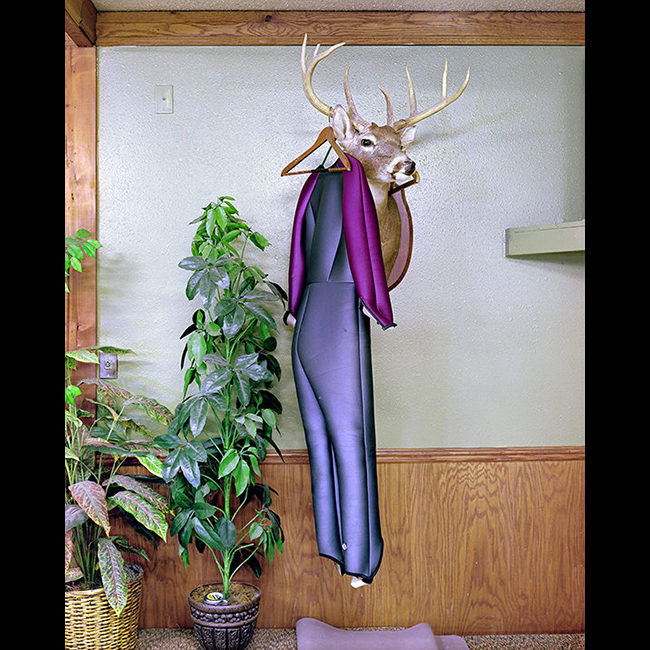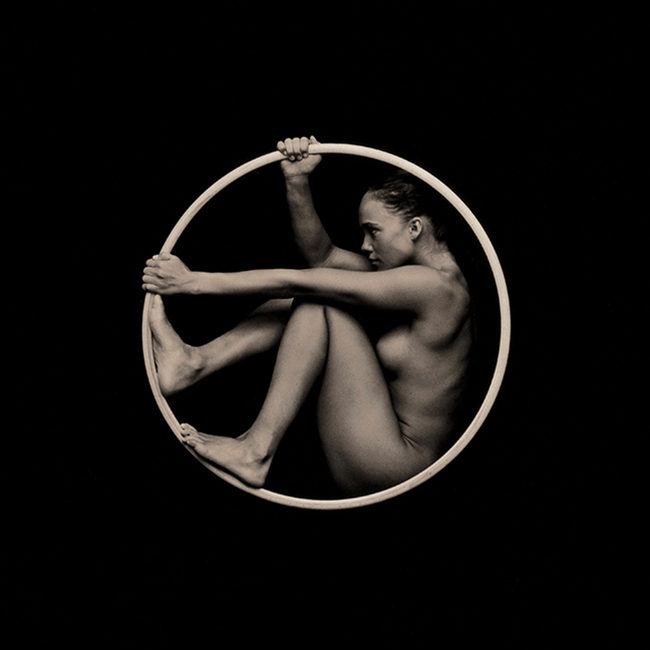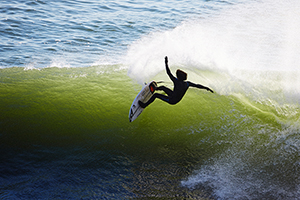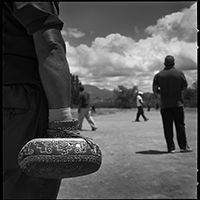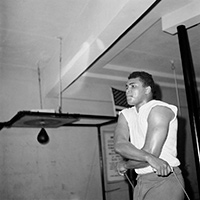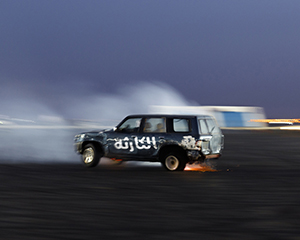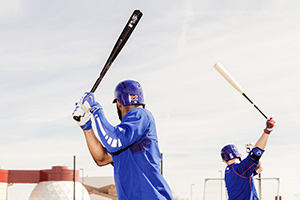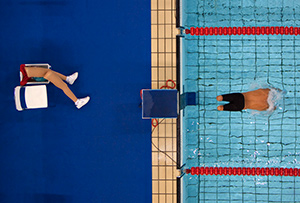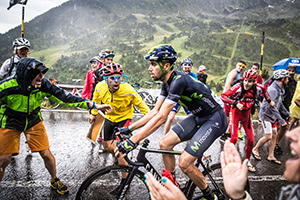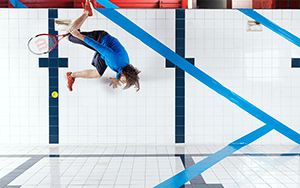“We maintain that Professional Cycling is the Greatest Spectacle on Earth,” states online cycling journal Manual For Speed (MFS) in the introduction to their recently published first book, a 2014 photo annual. This manifesto guides MFS’s coverage of cycling competitions all over the world. MFS, which is the brainchild of photographers Daniel Wakefield Pasley and Emiliano Granado, offers its readers subjective, first-person reporting that mixes race coverage with a strong sense of place—and a sense of humor unique to cycling journalism. PDN recently interviewed MFS via email about their Photo Annual, their visual approach to cycling coverage and about becoming a part of the pro cycling “circus.”
PDN: Why did you decide to create a book?
Manual For Speed: It was very important to turn MFS from pixels to analog. There’s a mental switch that happens once something is real. Our goal is to make MFS a “real” thing, not simply a “blog.” We purposely want to erase the lines and limitations that seem to come, by default, with digital publication.
Also, books are cool. And there is no better way to experience photography. And photography is so central to MFS.
PDN: How did you decide on the images that are in the Annual? Were you working for a core cycling audience, a general audience, someone in between?
MFS: The goal of the Annual was to put forth a worldview. An MFS perspective on cycling and “cycling as spectacle.” With that in mind, we pulled from the thousands of photos that were published and unpublished, and edited the images that supported that goal. The audience we considered was us. What images are we proudest of? Which ones make us the most happy? Which ones support the MFS voice?
PDN: The idea of cycling being the “Greatest Spectacle on Earth”—how do you convey that visually in a book?
MFS: MFS is concerned with Spectacle. Not results or Sport in the traditional sense. We aren’t trying to feed the “hero narrative” that dominates cycling (and many other sports) media. We maintain that MFS is pseudo-anthropological-but-irreverent study of humanity around the sport of cycling. The book tries to assert that at every moment.
PDN: How did you use the double-page images in the book? There seems to be a similar, pulled-back quality to all of them.
MFS: We hadn’t considered that until you mentioned it, but you’re probably right! Double page spreads allow the reader to rest, and they break up the frantic pacing of the clustered images. We (subconsciously?) chose those images that felt quiet and reflective and omniscient. There’s A LOT going on in these pages, so it’s nice to give pause and sometimes let the reader know that we’re actually capable of making photos that meet more traditional aesthetic guidelines.
PDN: In the introduction, you tell a funny story about your first Paris–Roubaix, and we get the sense that you guys just inserted yourselves, somewhat naïvely, into this circus. Now that you are immersed in and are part of the show, does it remain as compelling and fun to be doing this work?
MFS: It’s evolved, for sure! We’re more and more a sideshow to the circus, so we’re no longer just trying to figure it out. The evolution of MFS is absolutely compelling, though! We’re constantly thinking about “what’s next,” but we’re aware that the core product needs to remain.
Related: Photographers Become Publishers: Manual For Speed
When Photographers Become Publishers: Tiny Atlas Quarterly
When Photographers Become Publishers: Mossless

